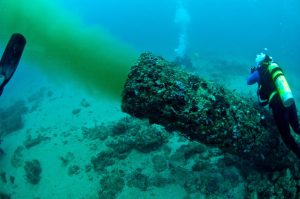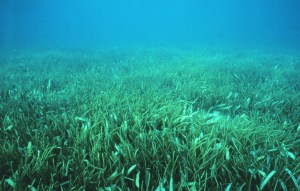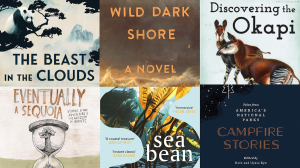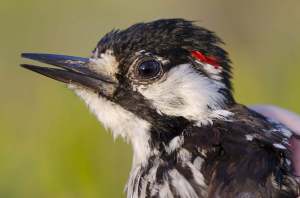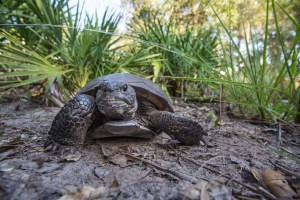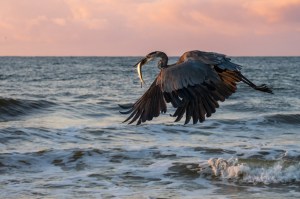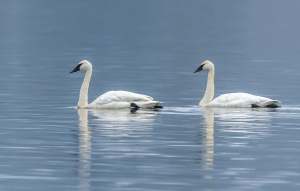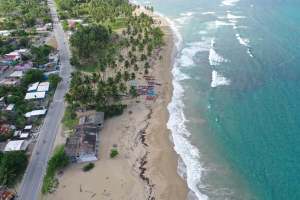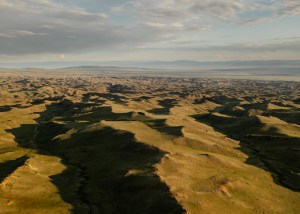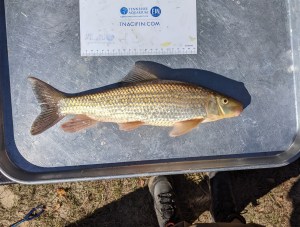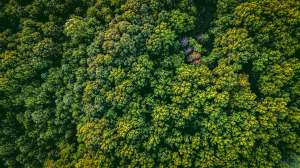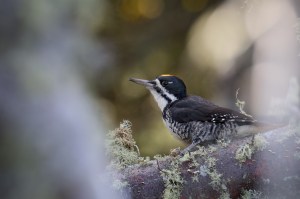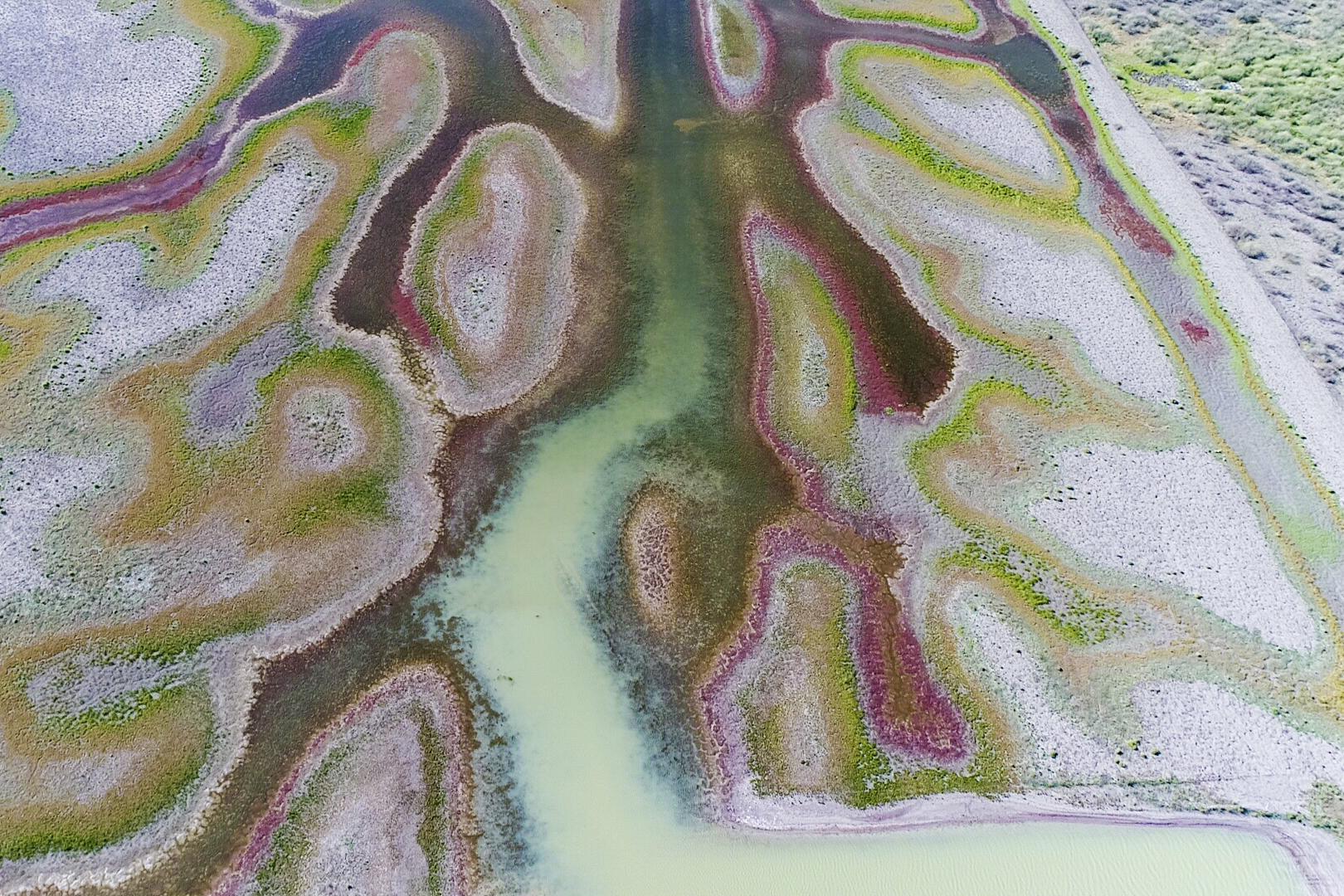
Connect with Nature
Our stories bring nature to you… in your backyard, a nearby park, and around the world. From wildlife to wild places, follow your curiosity and explore with us.
Find Wildlife
Is that a coyote? Our tips for how to find, identify, & understand wildlife.
Terms

Wastewater Pollution and the Fight for Coastal Resilience
Disover the urgent issues of wastewater pollution and how sustainable practices can help restore our vulnerable ecosystems.
Can We Turn Back the Tide on Wastewater Pollution?
Tampa Bay proves recovery is possible: decades of science and collaboration restored seagrass and water quality—offering lessons for coasts worldwide.
When Deer Marks Glow in the Dark?
It’s true: deer signs glow in the dark. And we’re not talking about signs along the road.
Cool Green Holiday Book Review 2025
Six of our favorite conservation and nature books to enjoy this holiday season.
Family, Survival and Change: The Secret Life of the Red-cockaded Woodpecker
Lauren Pharr uncovers how family bonds and teamwork help red-cockaded woodpeckers thrive in longleaf pine forests, even as climate change reshapes their world.
Meet the Gopher Tortoise, Hero of the Longleaf Pinelands
Gopher tortoises are one of Florida’s most fascinating reptiles, and a keystone species of the longleaf pine ecosystem.
Explore Outdoors
Explore nature near you & the places where TNC works.

Grazing Lands as Climate Solutions: Key Practices for Carbon and Biodiversity
Study finds wetland restoration, pasture planting, and adjusted grazing can boost soil carbon and cut emissions—but more research is needed for lasting impact.
Growing Seagrass? Better Add a Sprinkle of Bird Poop
TNC and its partners are restoring habitat with the help of a little bird-poop fertilizer.
Meet the 7 Swans a-Swimming
Those seven swans a-swimming aren’t just for the holiday song. There are seven swan species—and each has its own wild story.
The Mystery of the Mast Year
Scientists still aren’t sure why some populations of trees drop extraordinary quantities of nuts, fruits, or seeds every few years—or how they coordinate across vast ranges to do so.
Risk, Resilience, and the Power of Community Preferences
Climate adaptation starts locally. See how TNC partners with communities to reduce risk and scale nature-based solutions.
Mangroves Slash Hurricane Damage in Florida by Billions
In Collier County alone, mangroves cut annual losses by $67M and prevented $4B in damages during Hurricane Ian.
Know Your Nature
Stories that satisfy your curiosity about the natural world.

Solar’s Hidden Footprint: Why Accurate Land Data Matters for Conservation
New research reveals solar datasets underestimate land use by up to 34%, masking habitat loss in natural areas.
Get Up Close With Alabama’s Rivers
Follow photographer Mac Stone as he explores the pitcher plant bogs, nesting bird islands, and floodplain forests for Alabama’s river ecosystems.
Turning the Lens on Mongolia
Mongolia shaped his photography career. Now, 25 years later, he returns to capture the country’s commitment to a sustainable future.
Meet the Apalachicola Redhorse, a Newly Recognized Fish Species
For more than 50 years, the Apalachicola redhorse was a fish with no name. Learn more about this newly recognized species of sucker.
Forest Carbon Projects May Help More Than We Thought—New Study Finds Leakage Often Overestimated
New findings challenge current carbon market accounting practices and advocate for more nuanced, carbon-specific leakage estimates to ensure integrity and unlock greater investment in Climate Smart Forestry as a natural climate solution.
Searching for Black-backed Woodpeckers After the Burn
Learn the fascinating life history of the unusual, elusive black-backed woodpecker.
